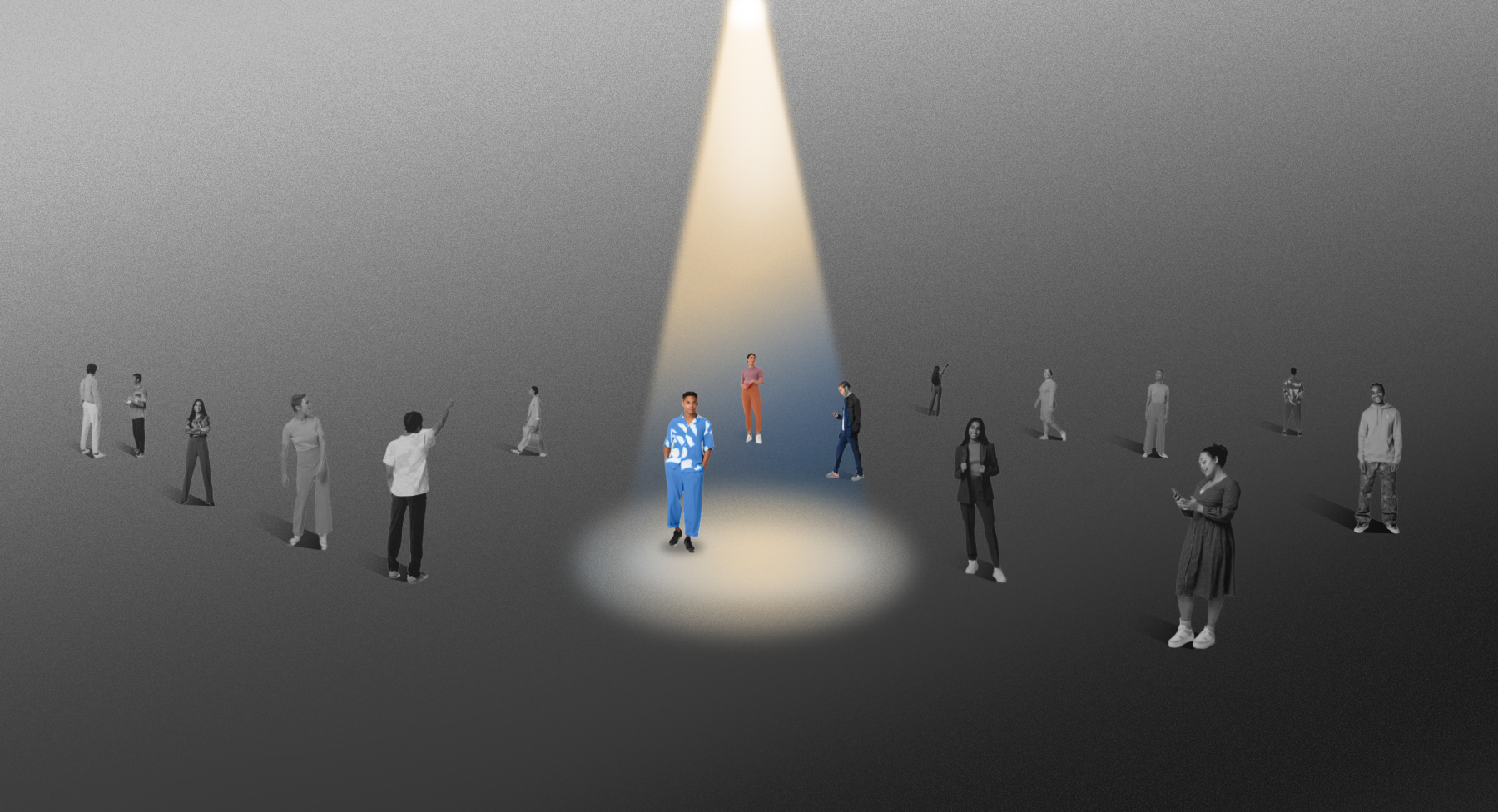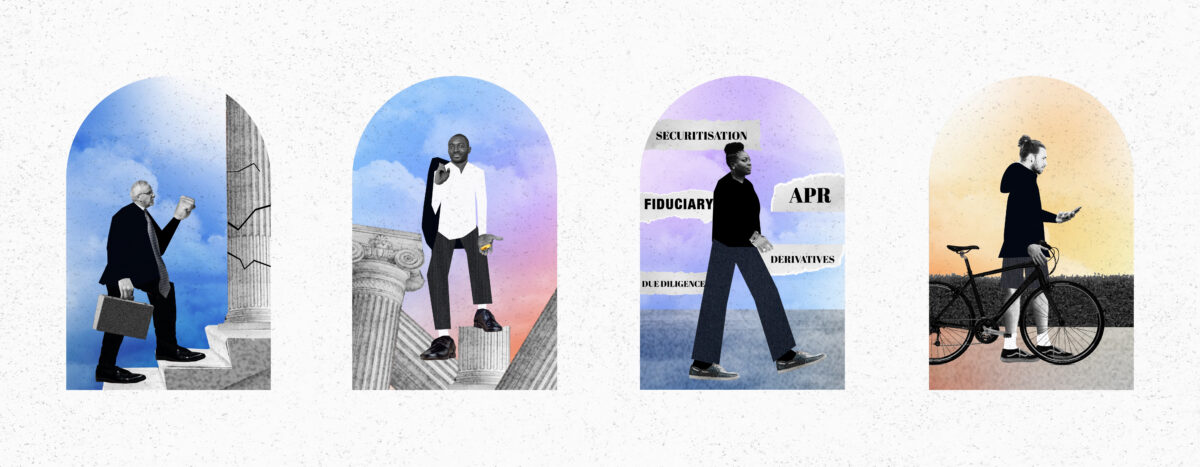|
|
Since so many company transformations depend on the same emerging technologies, case studies are increasingly interchangeable. Just plug in the company name and the rest is the same: We removed siloes. We established a single source of truth. We built an ecosystem. We helped enable employees to engage in higher-level tasks. (Don’t get me started on the ubiquitous two-verb combo in case studies, or the word “enable” in general … )
Companies must share impressive results to get business. But a story is more effective than data alone. And while 80% of B2B decision makers reference case studies as part of their buying research, only 42% find them useful. We think it’s largely because … they’re boring. They’re devoid of tension and drama; companies are reluctant to reveal their own (or their clients’) shortcomings or moments of defeat before the triumphs. Worst of all, case studies are depersonalized.
What if, instead, companies conjured the intelligence, expertise, and magic of the group and its leaders? While clients seek out services or offerings, what they’re really “buying” are people whom they like and respect. People experience their work projects as emotional—as full of ups and downs, challenges, and progress that is meaningful to them beyond what it does for the bottom line. To whatever extent it’s possible, case studies should capture that color and detail. Readers should already be casting the protagonists for the film version in their heads before they reach the end.
Here’s a typical (hypothetical and condensed) B2B case study:
Company X wanted to become more agile to respond to a fast-changing landscape. So, the team from Y Consultancy transformed the company’s data architecture. Now, data will lead to better insights and decision-making, customers will know their data is secure, and Company X can enable actions that benefit customers and the organization alike while acquiring a competitive advantage.
And here’s how it could be, even with just a light infusion of humanity:
Javier, the team lead from Y Consultancy, has loved numbers since he was a kid. Why? Because numbers reveal the truth. They tell the complete story in a way that anecdotes and hunches just can’t. Javier’s client at Company X, Ella, wasn’t as optimistic at the onset of the project. She read How to Lie With Statistics back in college, and it had stuck in her mind. How could she be sure they were using the right inputs to answer her company’s pressing questions? And wasn’t her hard-won judgment better than the squiggles on a dashboard? But, as the two worked elbow-to-elbow for six months to transform the company’s data architecture, Ella was continually reassured as Javier’s deep experiences with other companies illuminated the problems at hand. She’s still “the decider,” but now she’s confident that her company’s data-driven insights will benefit the business—and its customers.
Some transformations are fueled by ideological battles and personality differences; some are buddy stories; some are thrillers; and some are just the beginning of a series of adventures the characters will go on to have. The stale “problem/solution” format isn’t enough to capture an audience. A journey without heroes, after all, is just a map.








